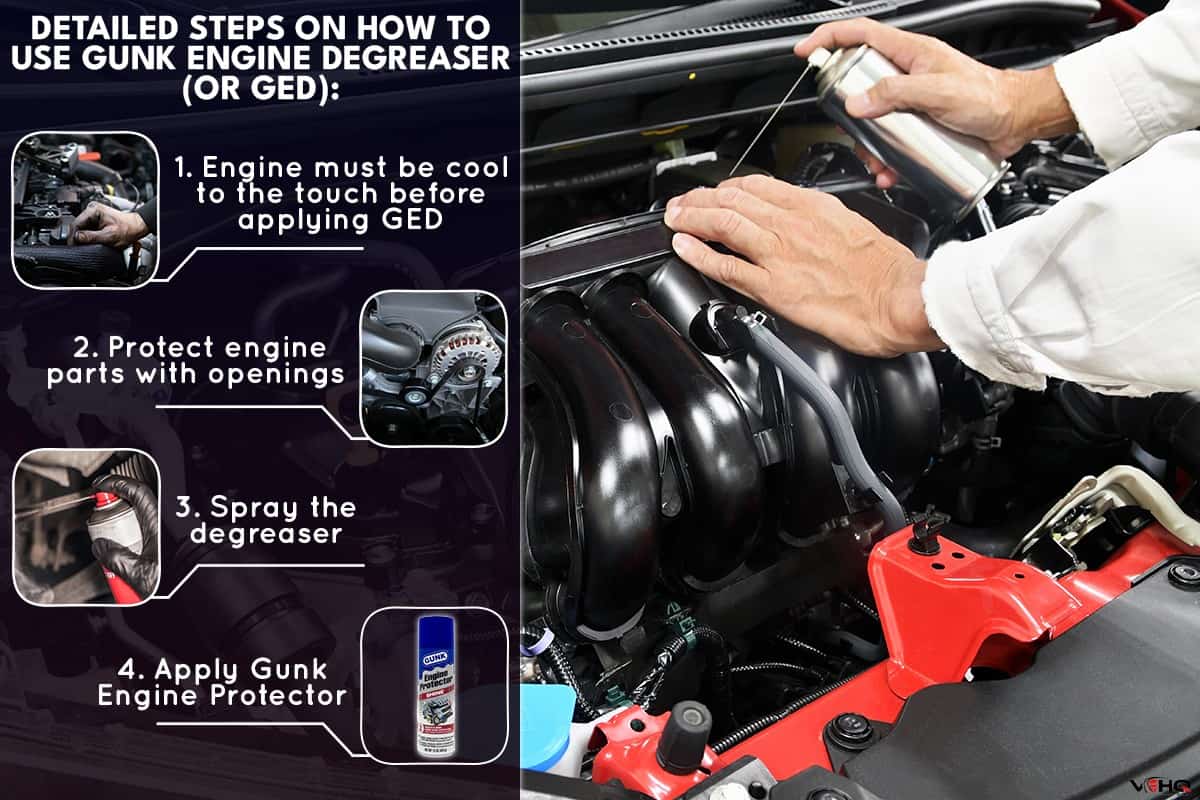What do I look for when selecting a degreaser?
Choosing the best degreaser for a particular application in an environment can have a significant impact on performance and safety depending on a number of factors, including:
Flammability: Degreasers frequently contain hydrocarbon solvents and extremely flammable alcohols. They can be inexpensive and efficient, but if there is inadequate ventilation or they are near open flames or sparks (e g. from welding), or hot surfaces. These safety concerns are avoided by nonflammable degreasers, but they are typically more expensive. Additionally, some non-flammable cleaners contain dangerous solvents like Perchloroethylene, trichloroethylene, or n-propyl bromide, which can be extremely toxic. Solvents with high flashpoints, also known as “high flash,” have vapors that are less likely to catch fire at normal room temperature, such as below 140°F/60°C.
Consider a degreaser with a high dielectric strength if you intend to work on powered equipment or must turn it on before the solvent has flashed off. Before spraying anything onto the circuits you are attempting to clean, be sure to ascertain their amperage and voltage. You should also determine whether any cleaner is appropriate for your application. The maximum electric field that a material can withstand before losing its insulating qualities is known as its dielectric strength. The likelihood that a dielectric breakdown will allow electricity to pass through and cause a short increase with decreasing dielectric strength.
Compatibility between plastic and rubber: When cleaning plastic parts, rubber gaskets, and seals, caution must be exercised. The material may craze (develop minute cracks), embrittle, or soften if the degreaser is incompatible with it. Rubber seals may swell, shrink, or dissolve. Before using a new degreaser widely, it should always be tested first.
Toxicity: To provide cleaning performance in a nonflammable formula, degreasers frequently use the highly toxic chemicals N-Propyl Bromide (nPB), Trichloroethylene (TCE), and Perchloroethylene (Perc). There are cases in court where workers who were exposed to high levels of these chemicals suffered serious health consequences. Employees described experiencing headaches, vertigo, and even losing full body control. There are also possible links to reproductive problems and cancer. Due to all of this, maintenance facilities have had to reevaluate their solvent selections, particularly when it comes to manual cleaning when exposure tends to be higher.
Volatile organic compounds (VOCs), solvents that contribute to smog, and solvents with a high global warming potential (GWP) have been regulators’ main environmental concerns. Some state (e. g. High VOC or high GWP materials cannot be used because of municipal, industry-specific, and even CARB (the California Air Review Board) regulations.
How To Apply Gunk Engine Degreaser (or GED)

How Many Minutes Does It Take For A Car Engine To Cool Down?
According to mechanical engineer, Nikheel Tate, engine cooling depends on several variables. For example, engine horsepower, engine size, and the cooling system (coolant level) all play a role in determining how quickly the engine cools down.
Additionally, ambient conditions can affect the cooling process. But on average, it should cool down in 30 minutes.
